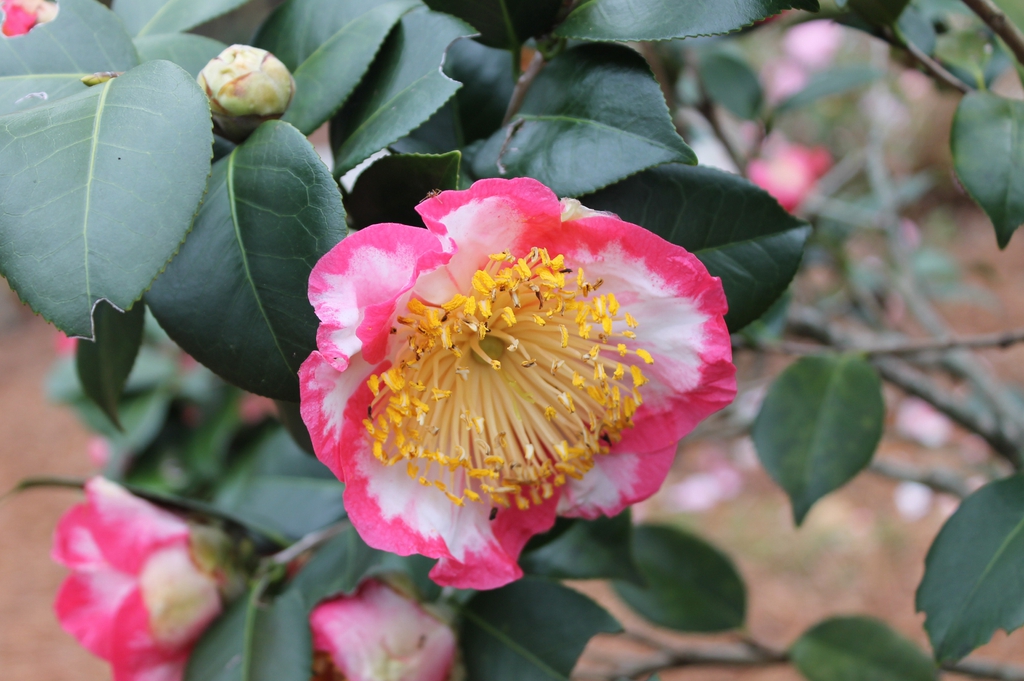After the holiday season we are usually dreaming of warm weather days and getting back into our gardens. Even though it is cold outside, there are some things we can be doing to prep our gardens for those warmer days. Use these gardening tips to take advantage of any not so cold days in January.
General Garden Tips:
- Make sure your tools are ready for the spring growing season. Sharpen any cutting tools you have and change the oil in any motorized garden equipment.
- Add lime to your garden and landscape if your soil test results recommended adding lime. Lime takes several months to change the soil pH, so adding it now will give it time to work before the growing season.
Lawn
- Control winter weeds such as wild garlic and chickweed with a broadleaf herbicide on a warm day according to the label.
- Avoid heavy traffic on dormant lawns to prevent the crown of the plant being damaged or killed.
Trees, Shrubs and Flowers
- Early in the New Year, winter-flowering camellias (Camellia japonica) will begin displaying their beautiful blooms. Enjoy their show, but be vigilant to rake up and dispose of any spent blossoms that drop to the ground. These fallen flowers are breeding material for petal blight, a fungal disease that can discolor future blooms with ugly splotches of brown.
- This time of the year is a good time to mulch landscape beds. Beds are easier to access during this time of year while there is less foliage and plants have died down.
- Water plants just before a cold snap to help plants survive bitter temperatures.
- Study your home landscape to see what additions or improvements can be made this spring.
- Enjoy winter blooming perennials such as hellebores, rosemary and camellias.
- House plants with large leaves and smooth foliage, such as philodendrons, dracaena and rubber plant benefit if their leaves are washed at intervals to remove dust and grime, helping keep the leaf pores open.
Fruits, Vegetables and Herbs
- Order your small fruit plants like strawberry, blueberry, and blackberry for a mid-March planting.
- January and February are the times to prune grapevines.
- You can start cool season vegetables (broccoli, cabbage, carrots, cauliflower, collards, kale, lettuce, mustard, onions, garden peas, radishes, rutabagas, spinach, and turnips) indoors from seed in January. Plant these cool-season veggie outside in the garden in February.
- Plant asparagus crowns this month when soil is dry enough to work.
- When reviewing your garden catalogs for new varieties to try, an important consideration is improved insect and/or disease resistance. Watch also for drought-tolerant types.
Jessica Strickland is an Agriculture Extension Agent, specializing in horticulture for North Carolina Cooperative Extension in Wayne County.

